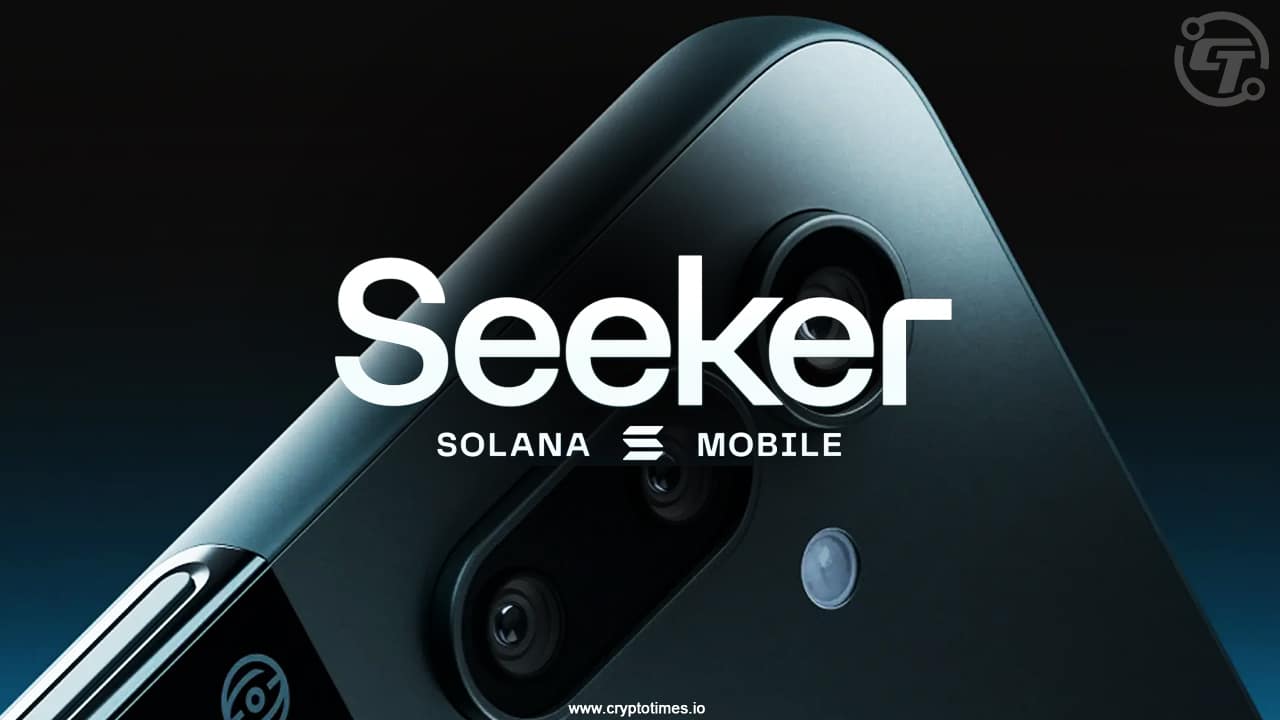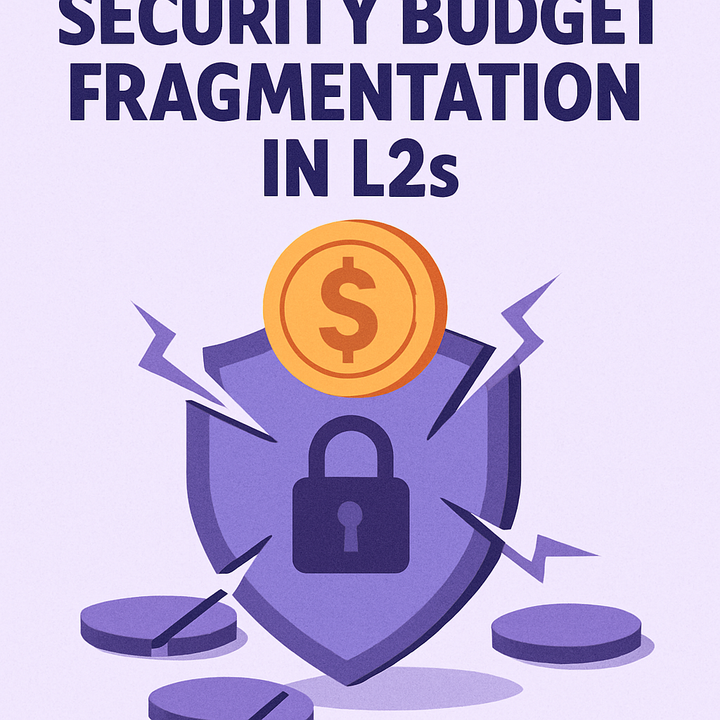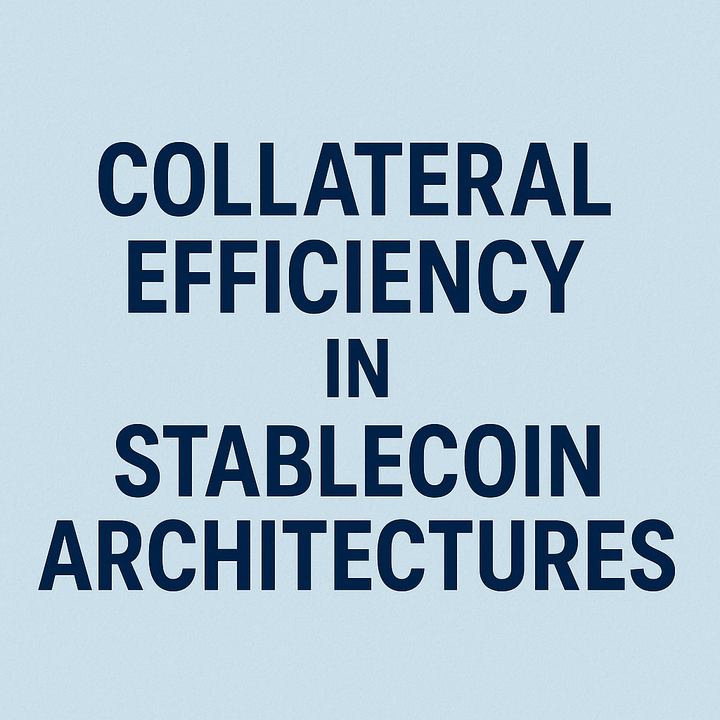How Solana Mobile is developing an integrated ecosystem using SKR token, TEEPIN architecture, and the Seeker smartphone.

Solana Mobile (a subsidiary of the Solana Foundation) is building a new Web3 smartphone ecosystem. At its core are three innovations: the Seeker phone (hardware), the SKR token (software/ownership), and the TEEPIN architecture (trusted environment). Together, they aim to create a sticky ecosystem where owning the phone and token means real “skin in the game” for users. In other words, the hardware, software, and crypto all tie together to keep people loyal to Solana’s platform.
Seeker smartphone and Saga legacy
Solana Mobile’s first phone was the Saga, launched in early 2023. It had mixed reviews initially – nice on paper, but the network had outages. However, Saga exploded in late 2023 due to the Solana meme coin boom. As Cointelegraph reports, when memecoin prices on users’ Saga phones surged, people started reselling them at huge premiums – by Dec 2023, all Saga phones were sold out. This showed a proof of concept: a crypto-native phone could become valuable if Solana’s ecosystem succeeds.
Building on that, the next-generation phone, Seeker, is set to ship in August 2025. Preorders closed with around 150,000 units sold (hinting at strong demand). Seeker includes updated hardware and, crucially, is built on the new TEEPIN system (more below). It also integrates a secure Solana wallet and VRAM/5G connectivity. Solana’s blockchain itself is super-fast and cheap – for context, its average transaction fee is about $0.00025 – meaning users can trade assets or swap tokens on-device for essentially nothing. Early reviews say Seeker has a slick Android-based interface tailored for crypto apps.
SKR token – ownership and incentives
Solana Mobile is also launching a native token called SKR (ticker: SKR). The idea is to give people a stake in the Solana Mobile ecosystem. As reported by Cointelegraph, SKR “transforms the traditional mobile business model by giving stakeholders actual ownership in the platform”. Practically, SKR will be used for app incentives and could be earned or locked by users. For example, early adopters of the Seeker phone may receive SKR airdrops. Developers building on Solana Mobile could also earn SKR for contributing quality apps. Essentially, holding SKR means you share in the network’s success – any growth of the Solana Mobile platform could make SKR more valuable. This aligns incentives: if users help the ecosystem grow, everyone with SKR benefits.
By contrast, traditional phone manufacturers don’t tokenize ownership – you just buy a phone and that’s it. With SKR, Solana Mobile creates a community economy. It’s like owning a piece of the company’s success as well as the hardware. For users, this can boost loyalty: selling your Seeker means selling your chance at SKR rewards. For developers, SKR could mean funding and governance power.
TEEPIN architecture – trust by design
The third pillar is TEEPIN, short for Trusted Execution Environment Platform Infrastructure Network. It’s a three-layer trust model for Web3 devices. In plain terms, TEEPIN makes sure the phone’s crypto operations are secure and verifiable. The layers are:
- Hardware layer: This is the phone itself, built with secure chips (a “TEE” or Trusted Execution Environment) that protect private keys and identities from tampering.
- Platform layer: Software and OS modifications that create a trusted environment for apps. This lets apps verify they are interacting with a genuine Seeker phone and secure wallet.
- Network layer: A blockchain-based registry (like a trustless directory) that links each physical phone’s identity on-chain. This way, another user or app can confirm, “Yes, this wallet address really corresponds to a Seeker device.”
Together, TEEPIN means the Seeker phones form a network where trust is “verified by cryptography” rather than by a central authority. For example, if your friend’s Seeker sends you SKR tokens, you can be confident the transfer came from their authentic, secure phone. This infrastructure is all built into the Seeker and its software out-of-the-box.
The accompanying figure shows how the Seeker phone uses TEEPIN to keep your keys and device identity secure:
Integration and user stickiness
How does this hardware+software+token mix build loyalty? Here are the key points:
- Unified ecosystem: A Seeker phone with the Solana wallet makes accessing Solana apps frictionless. Users don’t need extra hardware wallets; their private keys are secure in-device. This ease of use encourages them to hold and use crypto on-chain regularly.
- Ownership via SKR: Holding SKR aligns user interests with the network. Users who lock tokens or receive rewards are financially invested in Solana Mobile’s success. This creates an incentive to stay – if the network thrives, their stake grows.
- App incentives: Solana Mobile can reward users or developers with SKR for engagement (e.g. voting in governance, using apps). This token-backed model is stronger than the usual app store incentives.
- Community effect: The memory of Saga’s memecoin-powered boom shows that cultural buzz (memes, trading gains) can spread through Seeker users. If a popular new token explodes on Solana, Seeker owners feel that “in” movement first.
In sum, owning a Seeker means you hold the phone, the native token, and a place in the network’s trust fabric. It’s a package deal: the hardware ensures secure crypto use, the token gives a share of value, and the TEEPIN system ties it all trustlessly. Mitosis University explains similar ideas for multi-chain systems, where tokens and protocols co-incentivize each other. Here, Solana Mobile is applying that concept to phones. For beginners, the takeaway is that this combination locks you into Solana’s world. Once you buy the phone and maybe earn some SKR, it’s attractive to stick around and not switch to another blockchain, because you’d lose that integrated value.


Comments ()